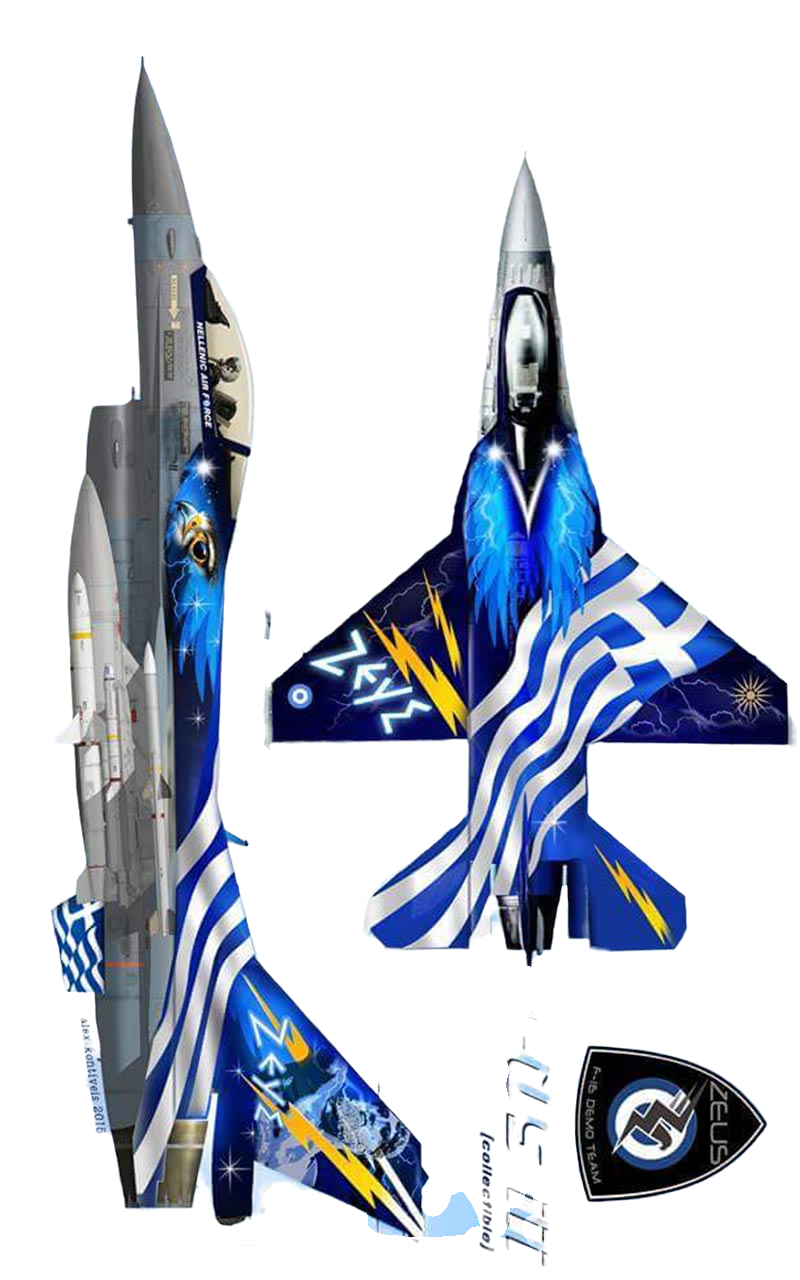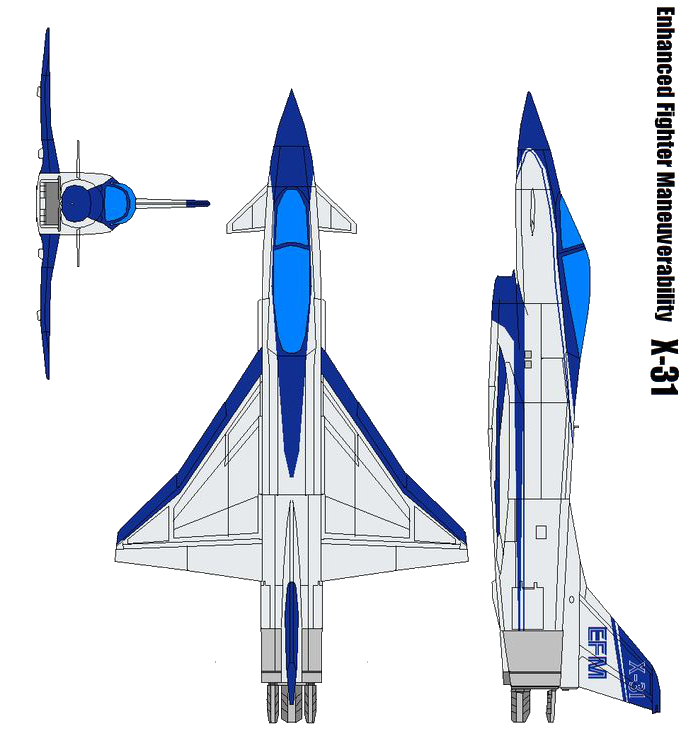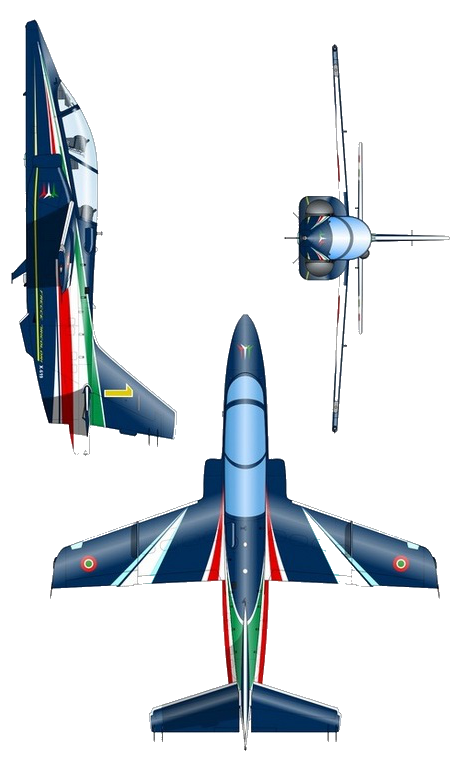Klemm-FlugzeugwerkeSiebel Si 204
|
|||||||||||||||||||
|---|---|---|---|---|---|---|---|---|---|---|---|---|---|---|---|---|---|---|---|
History Klemm-Flugzeugwerke Halle Its name changed to
Siebel Flugzeugwerke Siebel Si 204
Number built 1,216
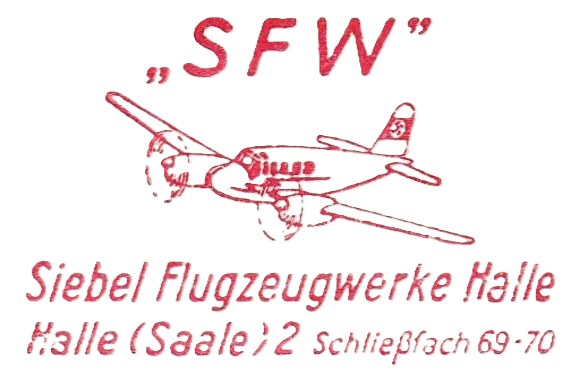
The Siebel Si 204 is a small twin-engined transport and trainer aircraft developed in World War II. It was based on the Siebel Fh 104 Hallore. Originally designed in response to a German Ministry of Aviation development order for a small civil transport aircraft in 1938, it was eventually produced for the Luftwaffe.
Design and development

The Si 204 was planned as a small all-metal passenger aircraft with two crew and eight passengers for German airline Deutsche Luft Hansa (DLH). Development was initiated in 1938. The contractor was, as usual, the RLM, but the development was conducted in close collaboration between DLH and Siebel in Halle.
0
KmCeiling
0
KmCombat RANGE
0
Km/hAircraft Speed
0
Max Crew
Photo Gallery
Klemm-Flugzeugwerke Halle Its name changed to
Siebel Flugzeugwerke Siebel Si 204
Number built 1,216

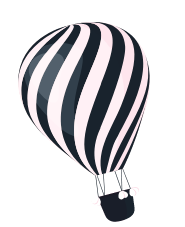
Klemm-Flugzeugwerke Halle
Its name changed to Siebel Flugzeugwerke
Siebel Si 204, Number built 1,216
General Info
- Crew: 1 or 2
- Capacity: up to 8 passengers / 1,650 kg (3,638 lb) cargo
- Length: 11.95 m (39 ft 2 in)
- Wingspan: 21.33 m (70 ft 0 in)
- Height: 4.25 m (13 ft 11 in) to tip of radio mast
- Wing area: 46 m2 (500 sq ft)
-
Powerplant
- Empty weight: 3,950 kg (8,708 lb)
- Gross weight: 5,600 kg (12,346 lb)
- Fuel capacity: 890 L (240 US gal; 200 imp gal) fuel ; 122 L (32 US gal; 27 imp gal) oil
- Powerplant: 2 × Argus As 411-A1 V-12 inverted air-cooled piston engines 600 PS (590 hp; 440 kW) for take-off
-
Performance
- Maximum speed: 364 km/h (226 mph, 197 kn) at 3,000 m (9,800 ft)
- Cruise speed: 340 km/h
- Range: 1,800 km (1,100 mi, 970 nmi)
- Service ceiling: 7,500 m (24,600 ft)
- Rate of climb: 6 m/s (1,200 ft/min)
- Time to altitude: 1,000 m (3,300 ft) in 3 minutes 18 seconds
Aircraft of comparable role
- Guns: 1x machine-gun in a turret aft of the cockpit (Si 204E)
- Bombs: light bombs under the centre-section (Si 204E)
Links to Youtube & Others
Captured Si 204s flew in a variety of civil roles in the post-war USSR, serving with Aeroflot until 1949, being particularly successful in Tajikistan regional services. Soviet Polar Aviation flew seven Si 204s, equipped with skis, in Siberia. Major engine deficiencies in the extreme climate conditions, with four aircraft lost, caused local aircrew to nickname the Si 204 Giebel, Russian for disaster, before withdrawal from the region. The last Soviet Si 204, flying with the Agricultural Survey, was retired in 1951
Klemm-Flugzeugwerke
Siebel Si 204D
The Ae-45 was designed by a team of five men: Miroslav Baitler, Jiří Bouzek, Ondřej Němec, Pavel Rosendorf and František Vlk.
Youtube Link
The ultimate version of this aircraft family, the Ae-145, was developed by Let and built by them from 1959 to 1963.
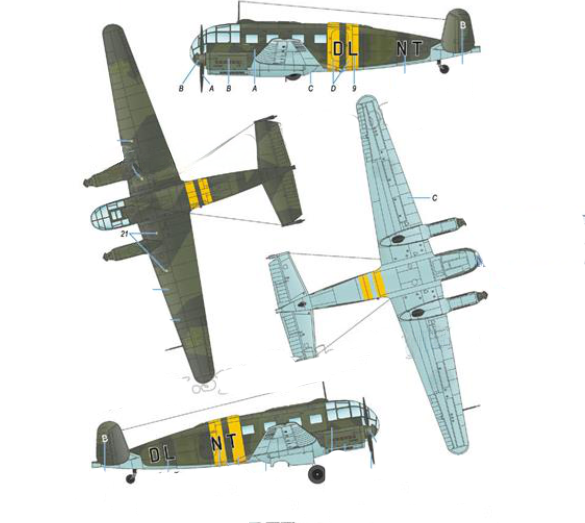


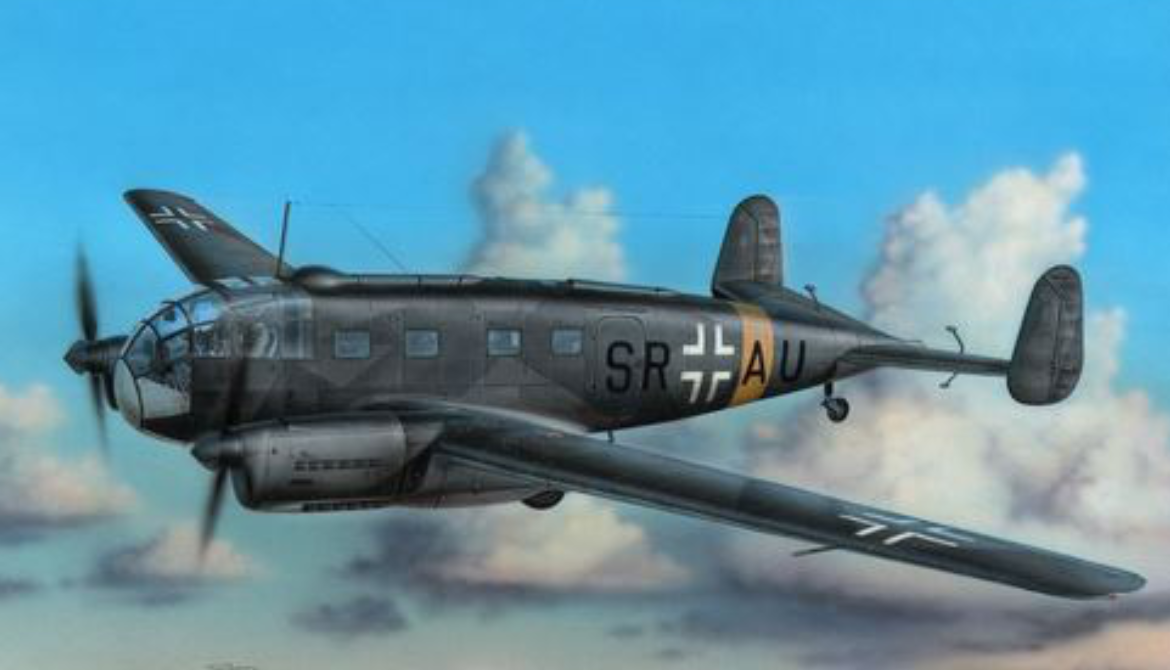
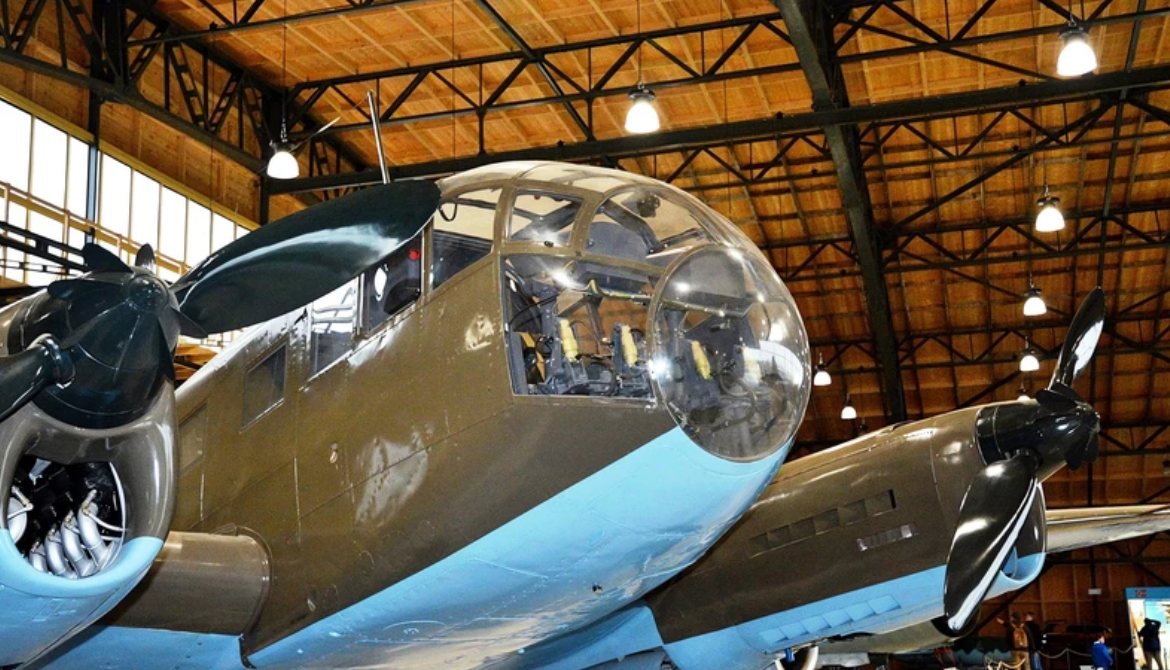

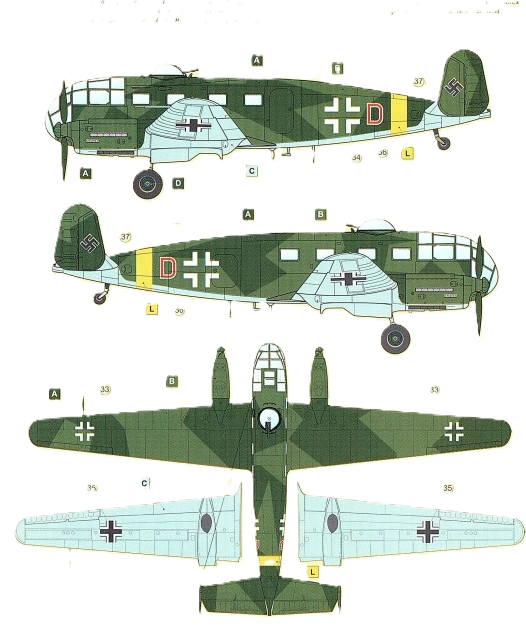
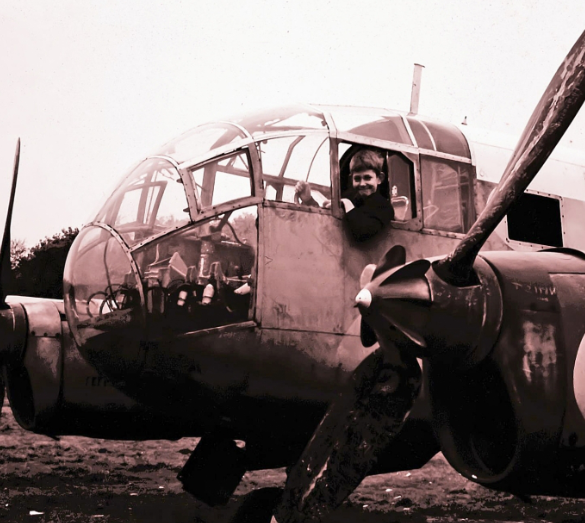
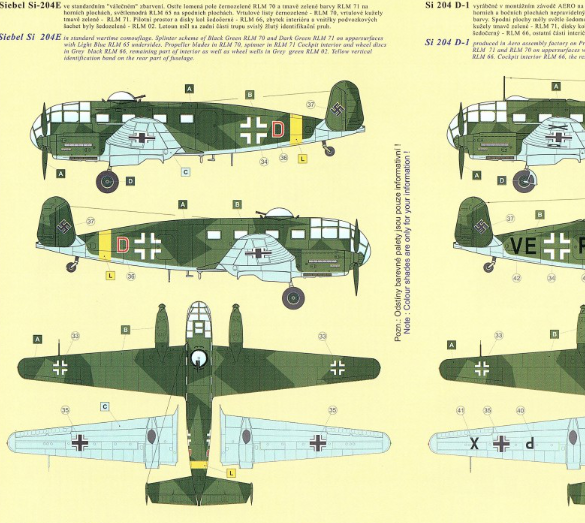
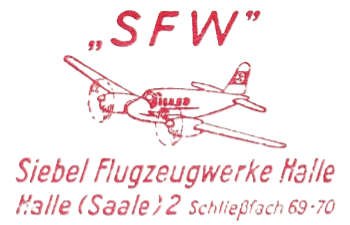

.png)
